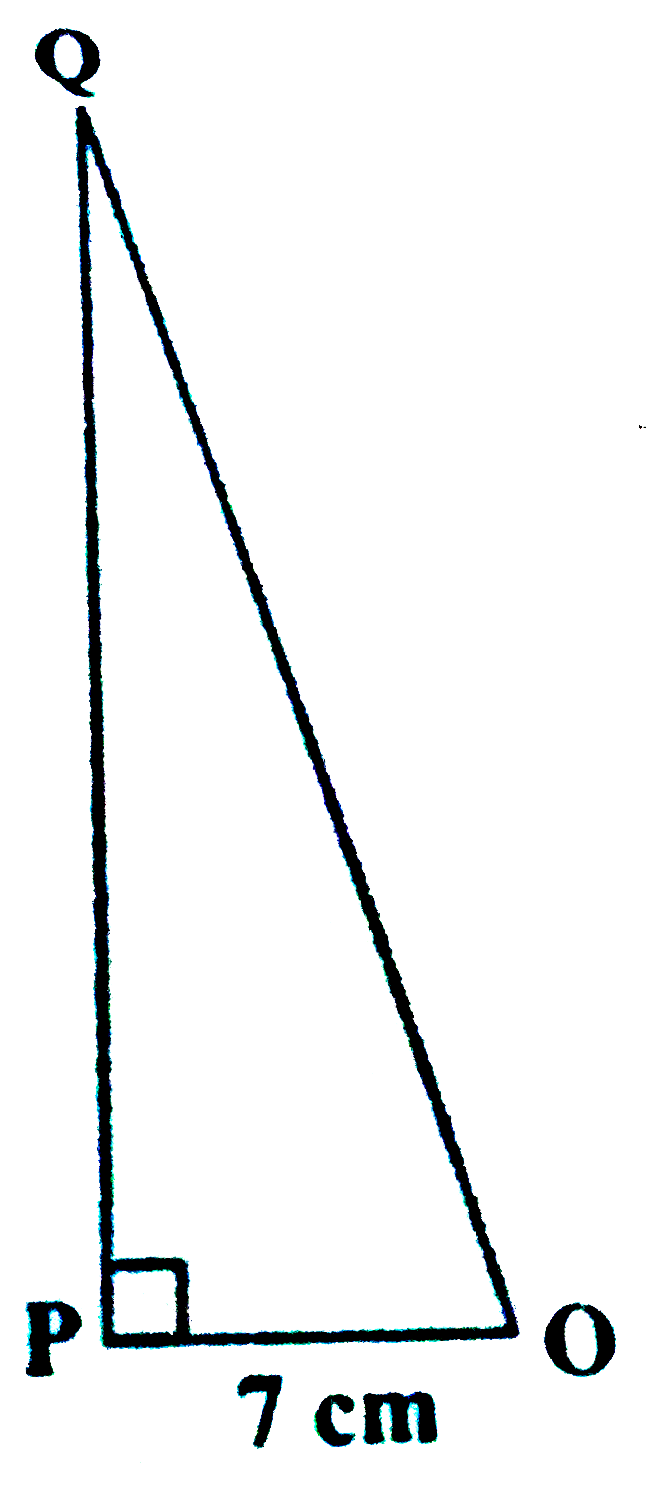If P,Q are (2,3,-6),(3,-4,5), then find the acute angle that OP makes with OQ.Solution in Punjabi
Step by step video & image solution for If P,Q are (2,3,-6),(3,-4,5), then find the acute angle that OP makes with OQ. by Maths experts to help you in doubts & scoring excellent marks in Class 12 exams.
Updated on:21/07/2023Topper's Solved these Questions
- THREE DIMENSIONAL GEOMETRYBOOK - PRADEEP PUBLICATIONCHAPTER - THREE DIMENSIONAL GEOMETRYEXERCISE - EXERCISE
373 Videos
- RELATIONS AND FUNCTIONSBOOK - PRADEEP PUBLICATIONCHAPTER - RELATIONS AND FUNCTIONSEXERCISE - EXERCISE
401 Videos
- VECTORSBOOK - PRADEEP PUBLICATIONCHAPTER - VECTORSEXERCISE - EXERCISE
438 Videos
Similar Questions
Find the points on z-axis which are at a distance of √21 from the point (1,2,3).
View SolutionLet A = (a,b,c) and R be the relation defined on A as follows R = (a,a), (b,c), (a,b) Write minimum number of ordered pairs to be added to R to make R reflexive and transitive.
View SolutionClassify the following physical quantities into scalars and vectors:
9gm
View SolutionFind the direction cosines of the line segment joining the points P(2,3-6) and Q(3,-4,5)
View SolutionIf P be any point on the plane ln+my+nz=P and Q be a point on the line OP such that (OP)(OQ)=P^(2). The locus of point Q is
View SolutionThe coordinates of the point P are (−3, 2) . Find the coordinates of the point Q which lies on the line joining P and origin such that OP=OQ .
View SolutionIn ΔOPQ , right - angled at P , OP = 7 cm and OQ - PQ =1 cm . Determine the values of sinQ and cos Q .
View SolutionIf O is the origin P(2,3) and Q(4,5) are two, points, then OP⋅OQcos∠POQ=
View SolutionΔOPQ में, जिसका कोण P समकोण है, OP = 7 और OQ - PQ = 1 cm , sin Q और cos Q के मान ज्ञात कीजिए ।

View Solutionत्रिभुज OPQ में कोण P समकोण है । यदि OP =7 सेमी . , OQ - PQ = 1 सेमी हो, तो sinQ तथा cosQ के मान ज्ञात करो ।
View SolutionIf O is the origin and P=(2,3),Q=(4,5) then OP⋅OQcos∠POQ=
View SolutionIf O is the origin and P = (1, -2, 1) and OP⊥OQ, then Q =
View SolutionWhen magnetic field at P and Q is same, then OP/OQ is equal to
View SolutionIf P(2,3,-6) , Q (3, -4,5) are two points, find the d.c's of −−→OP,−−→QOand−−→PQ where O is the origin.
View SolutionIf O is origin, and P=(1,−2,1)andOP⊥OQ then Q =
View SolutionIf the co-ordinates of the points P and Q are (1,−2,1)and(2,3,4) and O is the origin, then: a)OP=OQ b)OP⊥OQ c)OP∣∣OQ d)OP and OQ intersect at an angle of 45∘
View Solution
